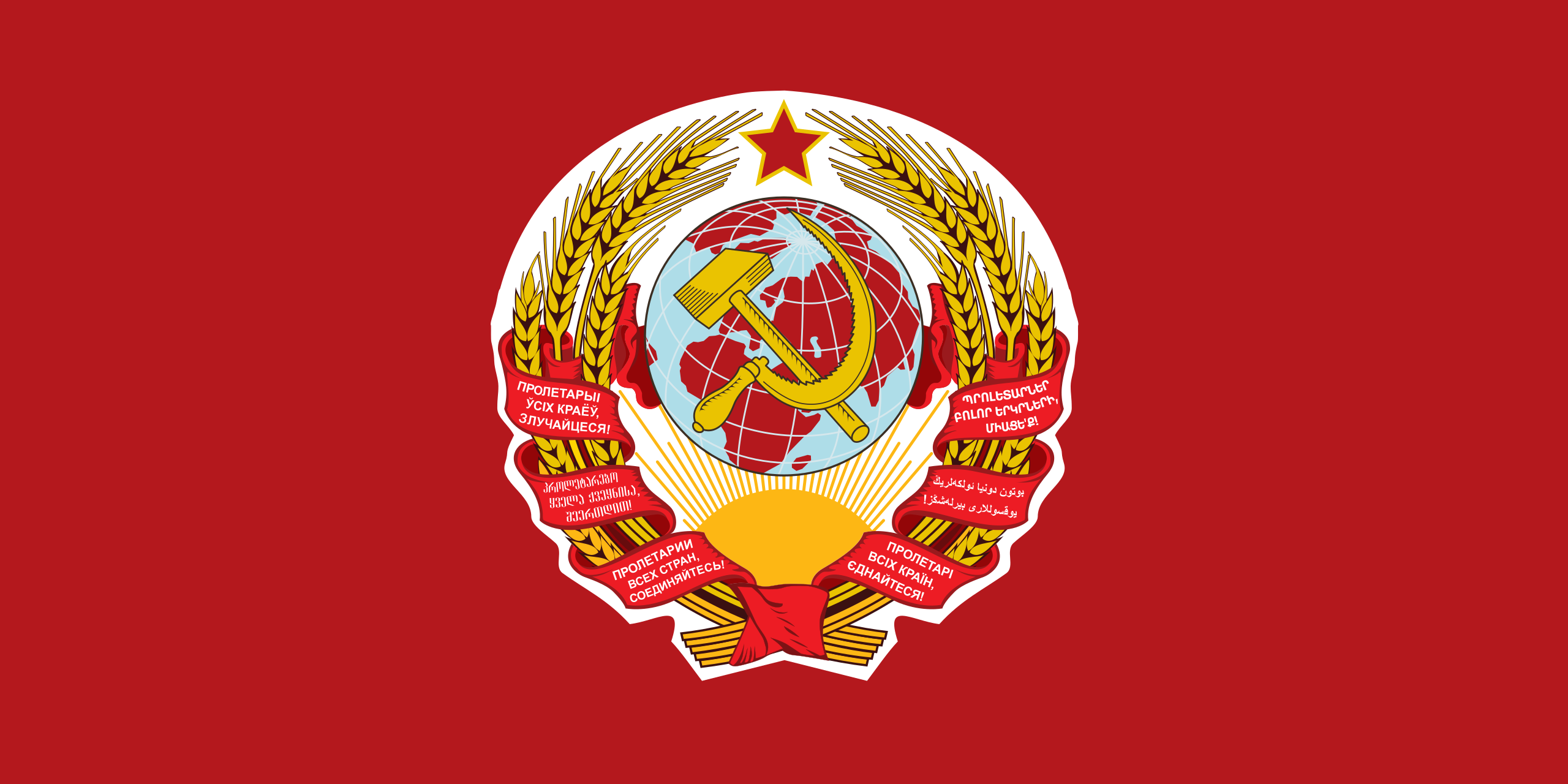
Union of People's Communes (UPC)
Union of People's Communes (UPC)
"For the revolution, for the land, for the people."
Overview
The Union of People's Communes (UPC) is a socialist international alliance formed after the fall of the Soviet Union, led by the Supreme Union of Siberian Socialists (SUSS). Emerging as a communist resistance bloc in Asia, this coalition seeks to preserve and expand the proletarian revolution in a world dominated by German fascism and Western capitalism.
Core Member States
- Supreme Union of Siberian Socialists (SUSS) – Military and ideological core
- People’s Republic of Mongolia – Traditional communist state, closely aligned with Siberia
- People’s State of China – Communist government formed after Japan’s defeat; autonomous yet loyal
- Socialist State of Laos – Small but ideologically committed; foothold in Southeast Asia
Main Objectives
- Export socialist revolution across Asia and support global communist movements
- Resist expansion of the German Reich, American imperialism, and local collaborator regimes
- Reunify lost communist territories under a new model of "regional soviets"
Political and Military Structure
The UPC operates not as a unified state, but as a coalition of coordinated national communes. Each member maintains internal autonomy but answers to the Revolutionary Coordination People’s Council, currently based in Chita (SUSS capital).
Militarily, each state contributes to the Communes' Revolutionary Army (CRA), active in:
- Border defense
- Guerrilla training
- Sabotage operations against Axis forces
Ideological Doctrine
- Marxism–Leninism with strong Neo-Stalinist influence (from SUSS)
- People’s Agrarianism, inspired by Southeast Asian peasant traditions
- Emphasis on militarization, collectivization, and revolutionary propaganda
International Relations
- In direct conflict with the German Reich and puppet states (e.g. Moskowien, SS-K Galizen)
- Tense relations with the Democratic Republic of Russia (seen as U.S. puppet)
- Provides clandestine support to revolutionaries in Africa, Latin America, and the Middle East